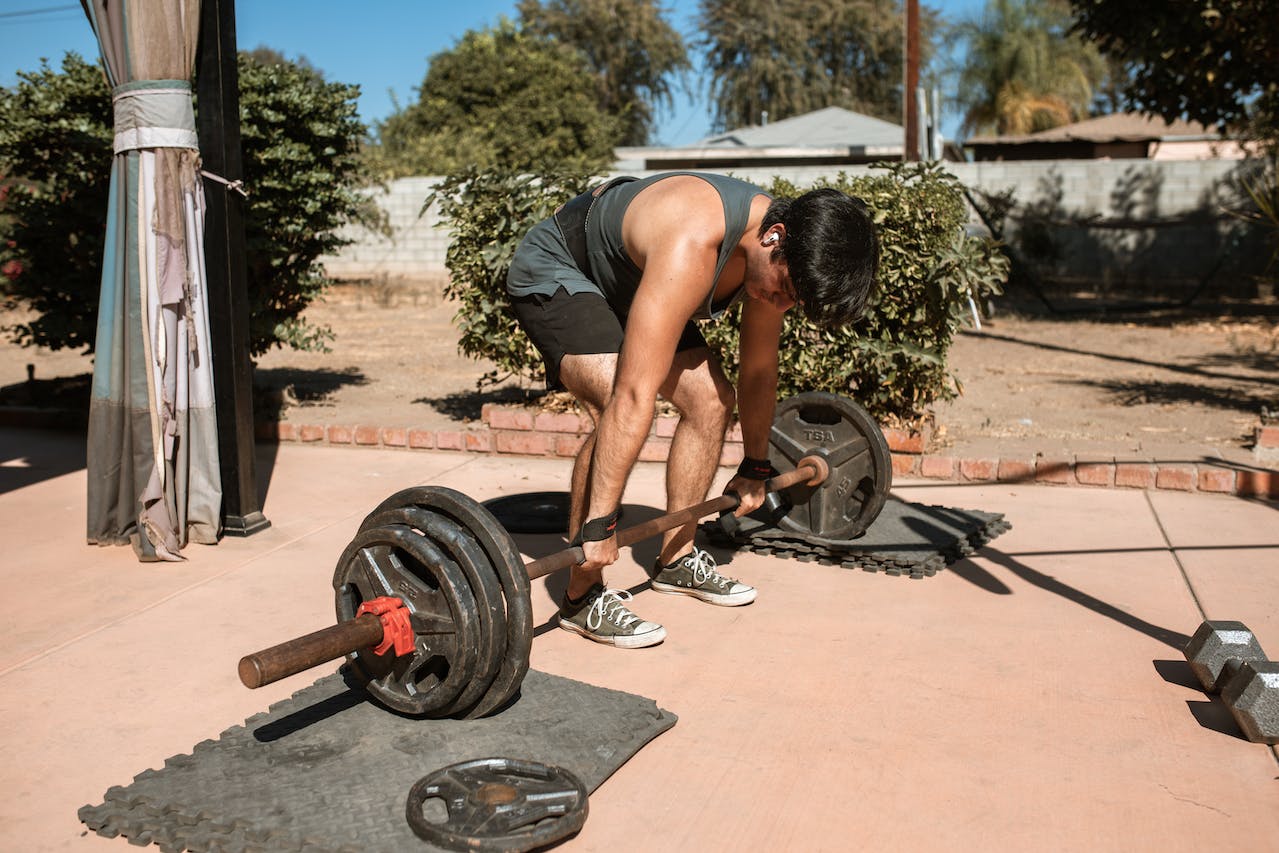
Full versus Partial ROM
Have you ever scrutinized the effectiveness of your workout routine, particularly when faced with the choice between profound squats and abbreviated bursts of bicep curls?
The ongoing discourse surrounding full versus partial Range of Motion (ROM) in resistance training has lingered for years, leaving fitness enthusiasts in a perpetual state of contemplation.
In this comprehensive exploration, we delve into three recent scholarly papers to illuminate the nuanced intricacies of the ROM debate and provide clarity for those embarking on the quest for optimal muscle development.
Round 1: Full ROM Prevails for Strength and Size
Full ROM undeniably stands as the frontrunner for most muscle-building goals, albeit with subtle distinctions.
Analyzing data from 29 studies comparing full and partial ROM training, researchers discovered that full ROM consistently led to slightly greater improvements in muscle strength, power, size, and body composition. This victory for full ROM in the realm of muscle development, however, comes with a caveat – the differences, while statistically significant, may not be practically substantial for most individuals.
In essence, while full ROM may yield marginally superior results, the disparity might not be perceptible in real-world muscle growth or performance. The ultimate choice between full and partial ROM should consider individual preferences, exercise selection, and any existing limitations.
Hence, unless there’s a specific rationale for opting for partial ROM, full ROM emerges as the safer and more effective overall approach for maximizing gains from resistance training. Nevertheless, it’s crucial to underscore that consistency, proper form, and progressive overload remain paramount for muscle growth, irrespective of the chosen ROM strategy. Focus on what feels sustainable and effective for you, and persist in conquering your workouts.
Round 2: Advocating for the Nuances of Partial ROM
Before outrightly dismissing partial reps, our second scholarly contribution, published in the Scandinavian Journal of Medicine & Science in Sports, proposes a nuanced perspective.
While acknowledging the superiority of full ROM, particularly for strength and lower-body muscle growth, the paper acknowledges a specific niche for partial ROM. In circumstances such as injury prevention or personal preference, partial ROM emerges as a viable alternative, providing a nuanced and tailored approach to resistance training.
Round 3: Elbow Flexors Under the Microscope
This study meticulously scrutinized the impact of training with full versus partial ROM on muscle strength and thickness in the elbow flexors of untrained individuals.
Results indicated that both ROM training strategies significantly increased elbow flexor 1-repetition maximum (1RM) strength and average muscle thickness. While both strategies proved beneficial for muscle development, full ROM training showcased greater gains in 1RM strength, with an average increase of 25.7% compared to 16.0% in the partial ROM group.
Additionally, full ROM training resulted in slightly higher gains in average muscle thickness – a 9.65% increase versus 7.83% in the partial group.
In conclusion, for untrained individuals seeking to maximize muscle strength and thickness in the elbow flexors, the study recommends full ROM training as the more effective approach.
The Verdict:
- Full ROM. Generally superior for strength, size, and functional performance.
- Partial ROM. Valuable for injury prevention, introducing variation, and catering to personal preferences.
Ultimately, the optimal ROM is one that can be executed safely and consistently with impeccable form. Listen to your body, experiment judiciously with different approaches, and seek counsel from fitness professionals for personalized guidance.
Remember, the most pivotal battle transcends the debate between the types of ROM; it is the relentless pursuit against one’s own limitations. Venture forth, conquer the gym, and sculpt the muscles of your aspirations!
Bonus Tip:
Embrace the power of variety! Integrating a mix of ROM exercises into your training regimen not only keeps the routine engaging but also maximizes your potential for gains.



